

Articles
How To Store A Mirror
Modified: January 23, 2024
Learn how to properly store your mirror to prevent damage and ensure its longevity. Follow these steps and tips to keep your mirror safe and protected.
(Many of the links in this article redirect to a specific reviewed product. Your purchase of these products through affiliate links helps to generate commission for Storables.com, at no extra cost. Learn more)
Introduction
Storing a mirror may seem like a simple task, but if not done properly, it can lead to damage and even breakage. Whether you are moving to a new home, renovating a room, or just looking to declutter, knowing how to safely store a mirror is essential to preserving its beauty and functionality.
In this article, we will guide you through the process of storing a mirror, providing step-by-step instructions and helpful tips. By following these guidelines, you can ensure that your mirror remains in pristine condition and can be easily retrieved whenever you need it.
Before we dive into the details, it is important to note that mirrors come in various shapes, sizes, and materials. Therefore, it is vital to assess your specific mirror and its requirements before proceeding with the storage process. Take note of any fragile or delicate aspects that may require extra care.
Now, let’s get started with the first step:
Key Takeaways:
- Proper storage of mirrors involves choosing a suitable space, cleaning and protecting the mirror, and considering climate and temperature to ensure longevity and protection from damage.
- Regular maintenance, avoiding stacking heavy items on top, and careful unwrapping and reinstallation are crucial steps in preserving the beauty and functionality of stored mirrors.
Step 1: Choose a Suitable Storage Space
The first step in storing a mirror is to find a suitable storage space. You want to select an area that is dry, clean, and free from excessive humidity. Ideally, the storage space should have a controlled temperature to prevent any potential damage to the mirror.
If you have a climate-controlled storage unit, that would be an excellent option. These units maintain a consistent temperature and humidity level, which is ideal for storing delicate items such as mirrors. However, if you don’t have access to a climate-controlled unit, you can still find suitable alternatives.
If you are storing the mirror in your own home, choose an area away from direct sunlight or extreme temperature changes. Basements or interior closets without windows are often good choices. Avoid areas that are prone to moisture or high humidity, such as bathrooms or unventilated attics.
When selecting the storage space, consider the size of the mirror and ensure that there is enough room to maneuver it safely. You should also clear the area of any obstacles or clutter that could potentially cause damage during the process of moving and storing the mirror.
Once you have identified a suitable storage space, move on to the next step: cleaning and preparing the mirror.
Step 2: Clean and Prepare the Mirror
Before storing a mirror, it is important to clean it thoroughly and prepare it for storage. Dust, dirt, and other debris can accumulate on the surface over time, and if left untreated, they may cause scratches or stains.
To clean the mirror, start by using a soft, lint-free cloth or a microfiber cloth. Avoid using abrasive materials or harsh chemicals, as they can damage the glass. Moisten the cloth with a gentle glass cleaner or a mixture of water and mild soap, and gently wipe the mirror from top to bottom. Take care not to apply excessive pressure to avoid potential breakage.
Once the mirror is clean, allow it to air dry completely before moving on to the next step. This will help prevent any moisture from getting trapped and causing damage during storage.
In addition to cleaning the mirror itself, you should also inspect the back and edges for any signs of damage. Check for loose or cracked frames, as well as any loose or protruding components that may require repair before storage.
If you notice any issues, such as a loose frame or a cracked mirror, it is best to address them before proceeding with storage. This will help ensure that your mirror remains in good condition throughout the storage period.
Once you have cleaned and inspected the mirror, it is time to move on to the next step: protecting the mirror surface.
Step 3: Protect the Mirror Surface
When it comes to storing a mirror, protecting the surface is crucial to prevent any scratches, chips, or other damage. There are several ways you can go about protecting the mirror surface during storage.
One option is to use a specialized mirror protection film or adhesive sheets. These are transparent films or sheets specifically designed to adhere to the mirror’s surface, providing a protective barrier against scratches and other potential hazards. Simply apply the film or sheet according to the manufacturer’s instructions before wrapping the mirror.
If you don’t have access to a mirror protection film, an alternative is to use acid-free tissue paper or bubble wrap. Begin by placing a layer of tissue paper or bubble wrap over the mirror surface, ensuring that it covers the entire surface evenly. This will help cushion and protect the mirror from any external impact.
Avoid using regular newspaper or regular packing paper, as the ink can transfer and potentially damage the mirror’s surface. Stick to acid-free materials to ensure the safety of your mirror.
In addition to protecting the surface, it is a good idea to reinforce the corners and edges of the mirror. You can use corner protectors or cut pieces of cardboard to fit over the corners, providing an extra layer of protection against accidental bumps or impacts.
Remember to secure the corner protectors or cardboard pieces firmly in place, ensuring they don’t shift during storage. This will help prevent any potential damage to the vulnerable areas of the mirror.
Once the mirror surface is adequately protected, it is time to move on to the next step: wrapping the mirror securely.
Step 4: Wrap the Mirror Securely
Properly wrapping the mirror is essential to protect it from any potential damage during storage. The goal is to create a cushioning layer around the mirror and secure it to prevent any movement or shifting.
Start by using a thick, soft blanket or moving blankets to wrap the mirror. Lay the blanket flat on the floor or a large, clean surface, and carefully place the mirror in the center of the blanket, ensuring it is properly aligned and centered.
Next, fold the edges of the blanket over the mirror, creating a snug wrap. If the blanket is large enough, you can fold it over twice to provide extra padding. Secure the blanket in place using strong packing tape or straps, making sure it is tight enough to prevent any movement.
Another option is to use double-layered cardboard panels to create a protective enclosure around the mirror. Measure and cut the cardboard panels to fit the dimensions of the mirror, leaving a small gap between the panels and the mirror surface.
Place the mirror in between the cardboard panels, ensuring that the mirror is centered and snugly fitted. Use packing tape to secure the cardboard panels together, creating a sturdy and protective casing around the mirror.
Whichever wrapping method you choose, make sure the mirror is completely covered and cushioned from all sides. This will provide a buffer against any potential impacts or jostling during storage, keeping the mirror safe and secure.
Once the mirror is securely wrapped, it is time to move on to the next step: finding the right location for storage.
Read more: How To Cut Mirrors
Step 5: Find the Right Location for Storage
Choosing the right location for storing your wrapped mirror is essential to ensure its safety and longevity. Consider the following factors when determining where to store your mirror:
1. Accessibility: Select a location that is easy to access when you need to retrieve the mirror. Consider the convenience of reaching the stored mirror without having to move other items or navigate through tight spaces.
2. Stability: Opt for a stable and sturdy area where the mirror won’t be at risk of falling or being knocked over. Avoid placing the mirror near doorways or high-traffic areas, as this increases the chances of accidents or mishaps.
3. Protection from Elements: Find a storage space that offers protection from elements such as direct sunlight, extreme humidity, or fluctuations in temperature. Exposure to these elements can damage the mirror over time.
4. Away from Hazardous Substances: Keep the mirror away from areas with potential exposure to hazardous substances like chemicals, solvents, or cleaning agents. These substances can cause irreparable damage to the mirror’s surface.
5. Consider Security: If you are storing your mirror in a shared space or a storage facility, consider the security measures available. Look for lockable storage units or consider installing additional security measures such as security cameras or alarms.
When considering the location, also keep in mind the size of the mirror and the available space. Ensure there is enough room to store the mirror without it being cramped or at risk of being damaged by other objects.
Once you have identified the right location for storage, move on to the next step: deciding whether to store the mirror upright or flat.
When storing a mirror, always wrap it in a protective layer such as bubble wrap or foam to prevent scratches and cracks. Store it in an upright position to avoid putting pressure on the glass.
Step 6: Store the Mirror Upright or Flat
When storing a mirror, you have two main options: storing it upright or storing it flat. The choice depends on the size, weight, and fragility of the mirror, as well as the available storage space.
If your mirror is small to medium-sized and lightweight, storing it upright may be a viable option. This requires finding a sturdy and stable surface against which you can lean the mirror. Ensure that the area is free from any potential hazards or movements that could cause the mirror to topple over.
When storing the mirror upright, you can use foam pads or cushions to create a soft support between the mirror and the wall. This will help prevent the mirror from sliding or scratching against the wall surface.
On the other hand, larger and heavier mirrors are best stored flat to distribute the weight evenly and reduce the risk of cracks or breakage. Lay the mirror down on a thick, clean surface, such as a blanket or a mattress. Avoid storing it on hard surfaces, which could lead to impact damage.
If you have multiple mirrors, avoid stacking them on top of each other, as the weight can cause pressure and potential damage. Instead, store them side by side, making sure there is enough space between each mirror to prevent any direct contact.
Regardless of whether you choose to store the mirror upright or flat, be cautious during the placement process to prevent any mishaps or accidents that could jeopardize the mirror’s integrity.
Now that you have considered the orientation for storage, let’s move on to the next step: considering climate and temperature.
Step 7: Consider Climate and Temperature
The climate and temperature of the storage area can have a significant impact on the condition of your stored mirror. It is essential to consider these factors to prevent any damage caused by extreme conditions.
If you are storing the mirror in a climate-controlled environment, such as a temperature-controlled storage unit, it is ideal. These units maintain a consistent temperature and humidity level, ensuring that your mirror is protected from extreme fluctuations that can lead to warping, cracking, or condensation.
If a climate-controlled storage unit is not available, aim to find a storage area with stable temperature and humidity levels. Avoid storing the mirror in areas prone to significant temperature changes, such as attics, garages, or basements that are not properly insulated.
Excessive heat or cold can cause the mirror to expand or contract, potentially leading to damage. High humidity levels can result in the buildup of moisture, which can lead to mold or rust. Aim for a storage area with moderate temperatures and humidity levels to ensure the mirror’s preservation.
If you live in an area with extreme climatic conditions, such as high humidity or very cold winters, you may opt to use a dehumidifier or moisture-absorbing packets to control humidity levels within the storage space. These measures help mitigate potential damage due to moisture buildup.
Regularly monitor the climate and conditions of the storage area to ensure that they remain within an acceptable range for preserving the integrity of the mirror. This will help maintain the mirror’s quality and prevent any long-term damage.
Now that you have considered climate and temperature, let’s move on to the next step: avoiding stacking heavy items on top of the stored mirror.
Step 8: Avoid Stacking Heavy Items on Top
One common mistake when storing a mirror is stacking heavy items on top of it. Placing excessive weight on the mirror can lead to stress on the glass and increase the risk of cracks or breakage.
When selecting a storage space for the mirror, ensure that there is no potential for heavy objects to be placed on top. Avoid stacking boxes, furniture, or other items that could potentially put pressure on the mirror’s surface.
If you are storing the mirror in a shared storage area, communicate with others to ensure that they are aware of the fragility of the mirror and the importance of not placing heavy items on top.
Prevent any accidental damage by organizing the storage space intelligently. Place the mirror in a location where there is no risk of heavy objects being stacked or accidentally falling onto it.
If you have limited space and need to stack items, make sure that the mirror is placed on the top of the stack. This ensures that no additional weight is exerted on it and minimizes the risk of damage.
Remember, even if the mirror is securely wrapped and protected, placing heavy items on top can still compromise its structural integrity. Take the necessary precautions to prevent this and maintain the mirror’s safety.
Now that you know how to avoid stacking heavy objects on top, let’s move on to the next step: regularly checking and maintaining the stored mirror.
Read more: What Are Mirrors
Step 9: Regularly Check and Maintain the Stored Mirror
Regularly checking and maintaining the stored mirror is essential to ensure its ongoing protection and preserve its quality over time. By periodically monitoring its condition, you can address any issues promptly and prevent any potential damage.
Plan a schedule to inspect the stored mirror at least every few months or whenever you access the storage area. During these inspections, look for any signs of damage, such as cracks, chips, or warping. If you notice any issues, take immediate action to prevent further deterioration.
Check the wrapping and protection around the mirror to ensure it is still intact and providing proper cushioning. Verify that the corner protectors or cardboard panels are still securely in place and haven’t shifted during storage.
Also, pay attention to the condition of the storage area itself. Check for any signs of moisture, pests, or other potential hazards that may impact the mirror’s integrity. Address these issues promptly to maintain proper storage conditions.
If you notice any changes in climate or temperature that could potentially impact the mirror, consider adjusting the storage area or implementing additional measures to mitigate any potential damage.
Lastly, when maintaining the mirror, avoid cleaning it while it is in storage unless absolutely necessary. Cleaning the mirror in this state can lead to accidental damage. Instead, wait until you are ready to use or reinstall the mirror before cleaning it.
Regular inspections and maintenance ensure that your stored mirror remains in optimal condition and reduces the risk of any surprises or unexpected damage when you retrieve it for use.
Now that you know how to regularly check and maintain the stored mirror, let’s move on to the final step: unwrapping and reinstalling the mirror properly.
Step 10: Unwrap and Reinstall the Mirror Properly
After storing your mirror for a certain period, it will eventually be time to unwrap and reinstall it properly. This final step requires care and attention to ensure that the mirror is handled safely and reinstalled correctly.
Begin by carefully removing the outer protective wrapping from the mirror. Whether it’s a blanket, cardboard panels, or any other form of protection, take your time to unwrap it, making sure not to scratch or damage the mirror’s surface.
Once unwrapped, inspect the mirror for any signs of damage that may have occurred during storage. If you notice any cracks, chips, or warping, handle the mirror with extra caution to avoid exacerbating the existing damage.
When it comes to reinstalling the mirror, assess the space where you plan to place it. Ensure that the surface or wall is clean, level, and free from any moisture or potential hazards that could damage the mirror or affect its stability.
If the mirror has a frame or mounting brackets, carefully position it against the wall or surface and secure it according to the manufacturer’s instructions. Use appropriate tools and hardware to ensure a secure and stable installation.
If the mirror does not have a frame or mounting brackets, consider using mirror clips or adhesive hooks specifically designed for mirrors. These provide secure support while minimizing the risk of damage to the mirror’s surface.
Take care to properly align the mirror and make any necessary adjustments to ensure it hangs straight and level. Use a level or measure to confirm its alignment before finalizing the installation.
Lastly, step back and admire your reinstalled mirror. Take pride in knowing that you have safely stored and successfully reinstalled your mirror, preserving its beauty and functionality for years to come.
With the completion of step 10, you have successfully learned how to unwrap and reinstall the mirror properly, bringing our guide to a close.
By following these steps and practicing proper storage techniques, you can ensure the longevity and protection of your mirrors, allowing you to enjoy their reflection and beauty whenever they are needed.
Remember, each mirror is unique, so adjust the storage and installation process to best suit the specific requirements of your mirror. With proper care and attention, your mirrors will continue to shine and add elegance to your space.
Conclusion
Knowing how to properly store a mirror is essential to protect its delicate surface and maintain its beauty and functionality. By following the steps outlined in this guide, you can ensure that your mirror remains in pristine condition and can be easily retrieved whenever you need it.
From choosing a suitable storage space to wrapping the mirror securely, each step plays a crucial role in safeguarding the mirror from scratches, cracks, and other potential damage. Properly cleaning and preparing the mirror before storage, along with protecting its surface, are vital steps to ensure its longevity.
Considering the climate, temperature, and location of the storage area is also crucial. Extreme humidity, temperature fluctuations, and exposure to direct sunlight can negatively impact the mirror’s condition, so it’s important to select a storage space that offers the right conditions.
Avoiding stacking heavy items on top of the mirror and regularly checking and maintaining its condition are key factors in its preservation. By periodically inspecting the mirror and addressing any issues promptly, you can prevent further damage and ensure its ongoing protection.
Finally, when the time comes to unwrap and reinstall the mirror, handle it with care and reinstall it properly to maximize its stability and appearance. Attention to detail during this step will ensure a successful and safe reinstallation process.
Storing a mirror may seem like a simple task, but by following these steps and incorporating them into your storage routine, you can provide the necessary care and protection for your mirror. Remember to customize the process based on the specific requirements of your mirror and its size, weight, and fragility.
By implementing these best practices, you can enjoy the beauty and functionality of your mirrors for many years to come. So, take the time to store your mirrors the right way, and they will continue to reflect elegance and enhance your living space.
Frequently Asked Questions about How To Store A Mirror
Was this page helpful?
At Storables.com, we guarantee accurate and reliable information. Our content, validated by Expert Board Contributors, is crafted following stringent Editorial Policies. We're committed to providing you with well-researched, expert-backed insights for all your informational needs.
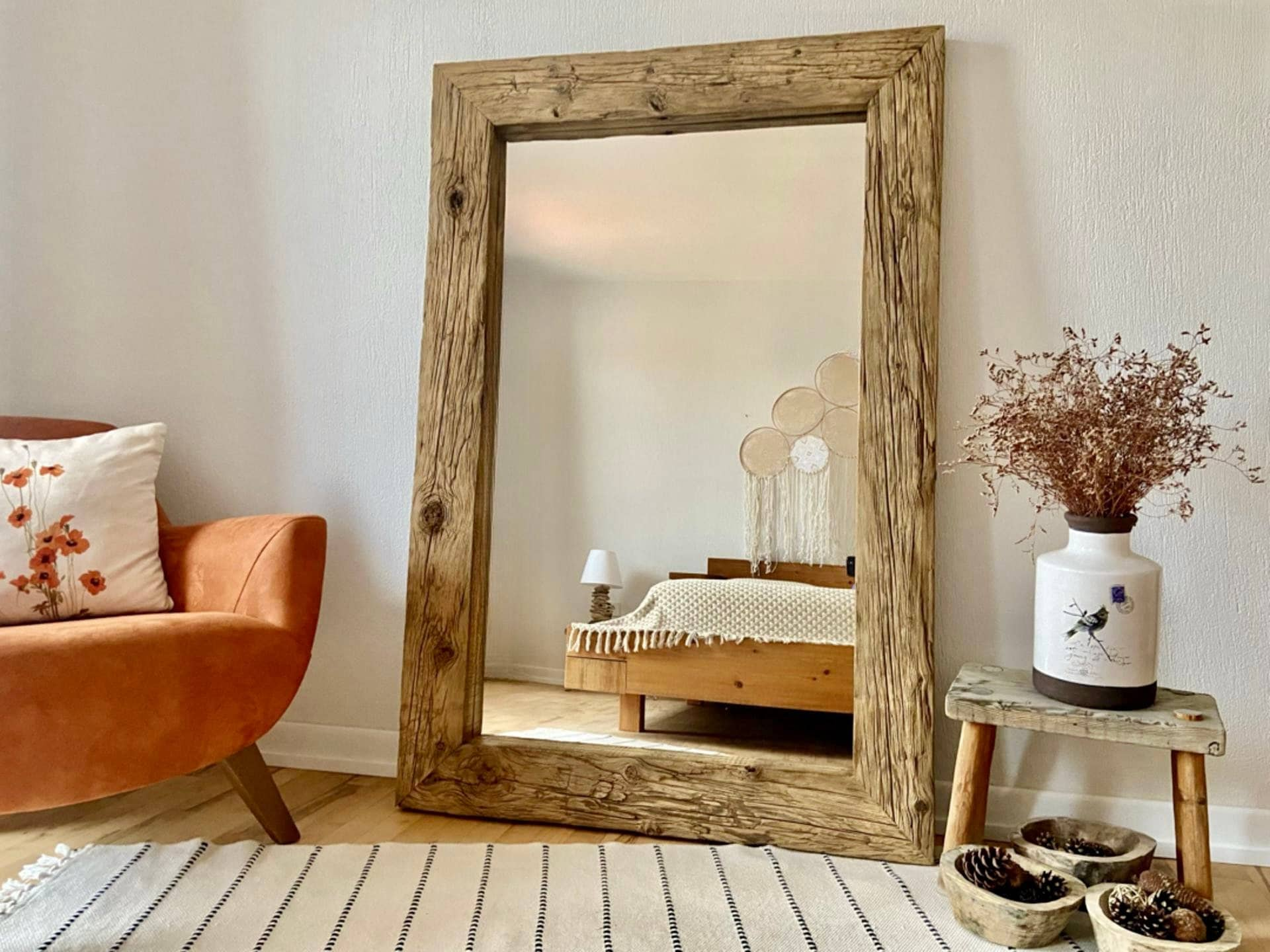
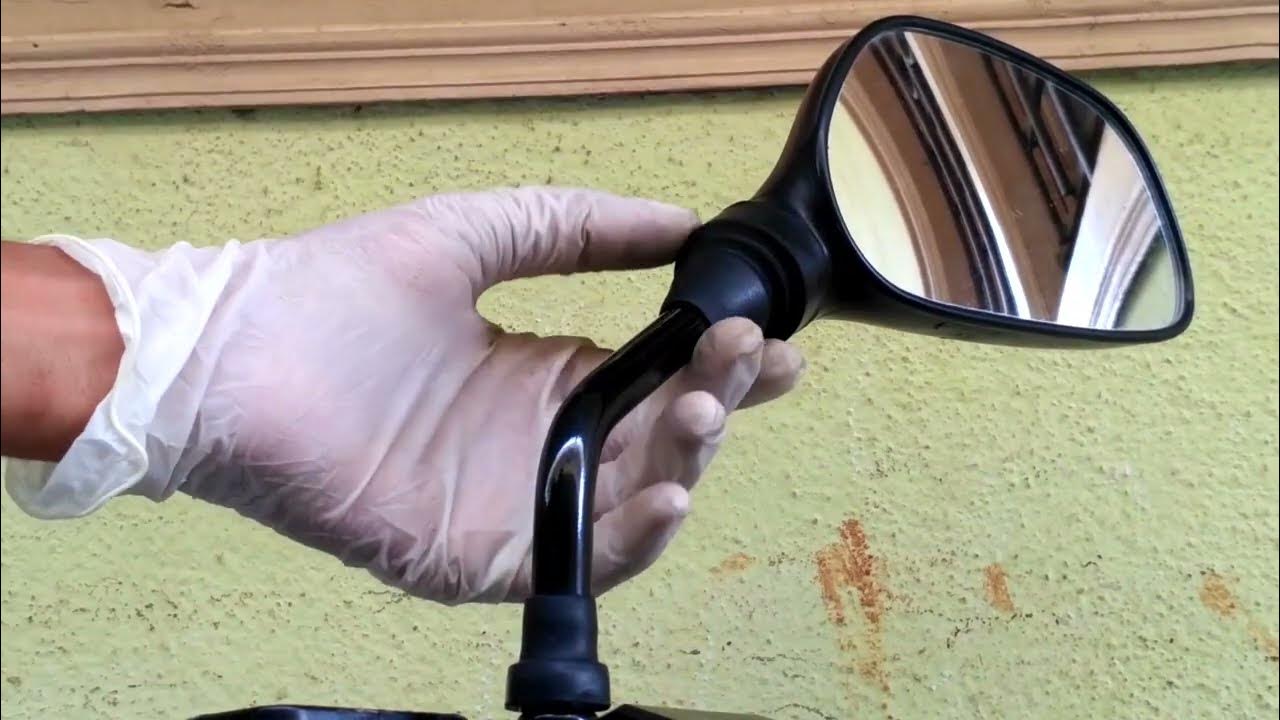
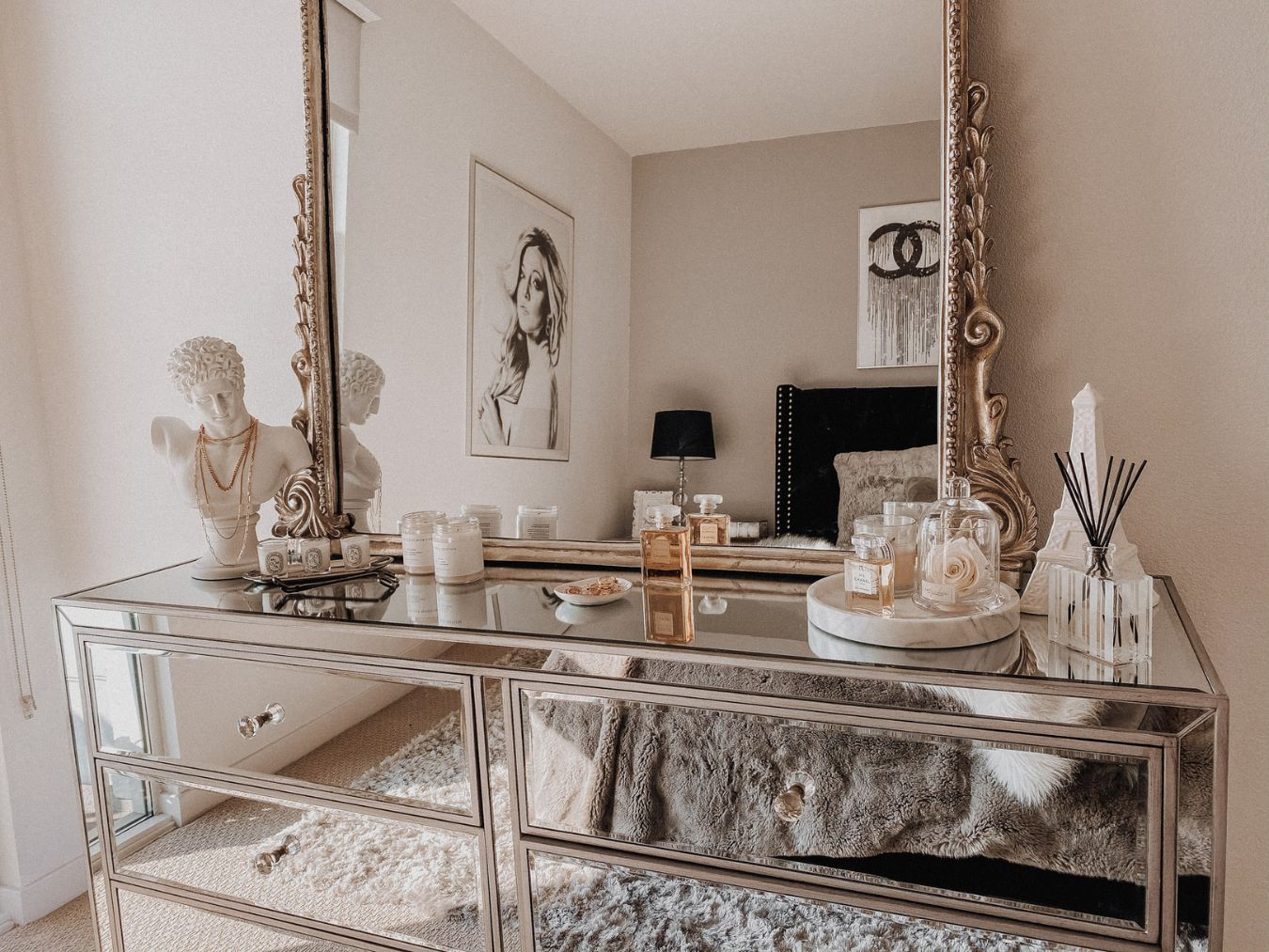
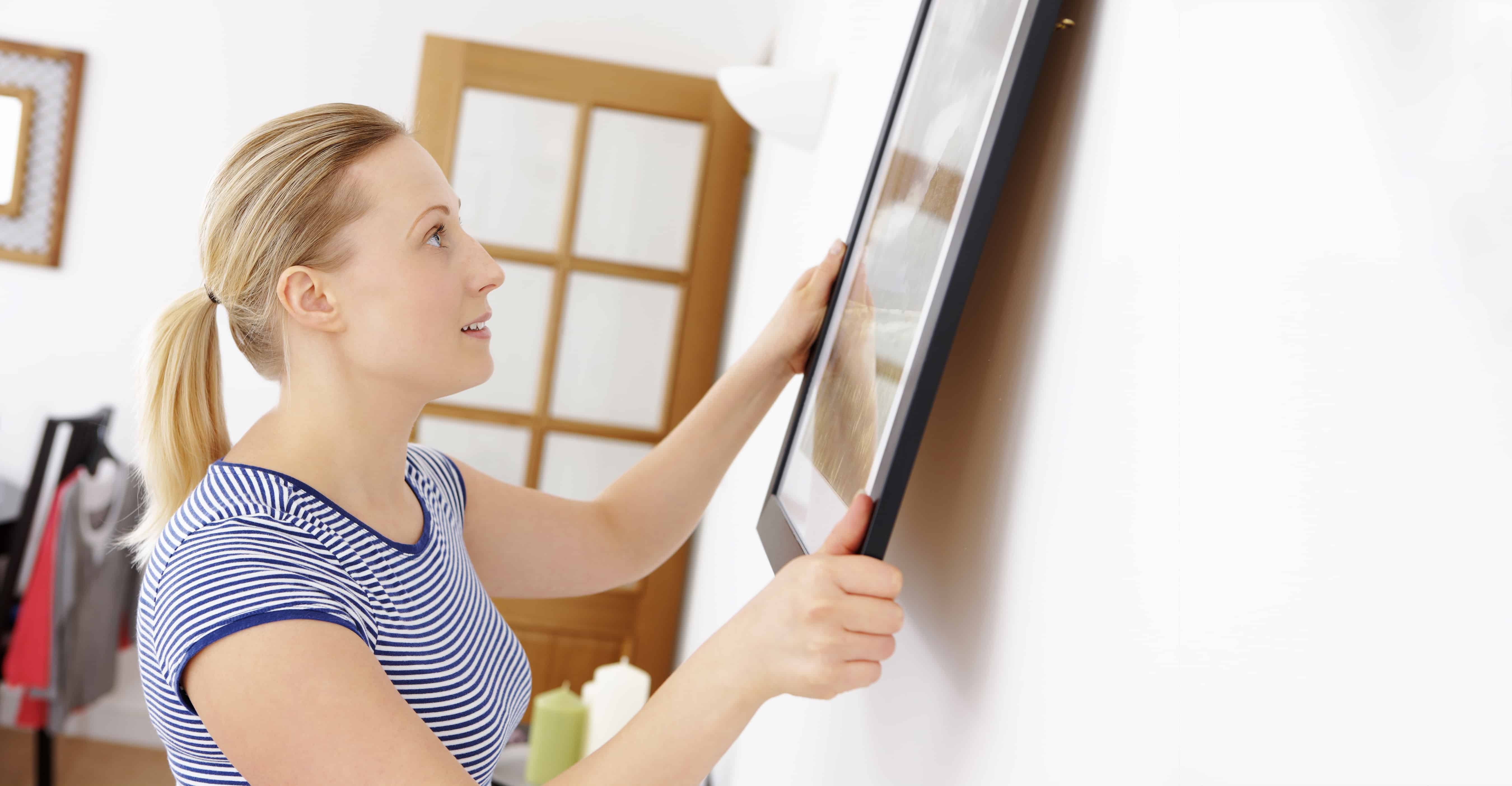
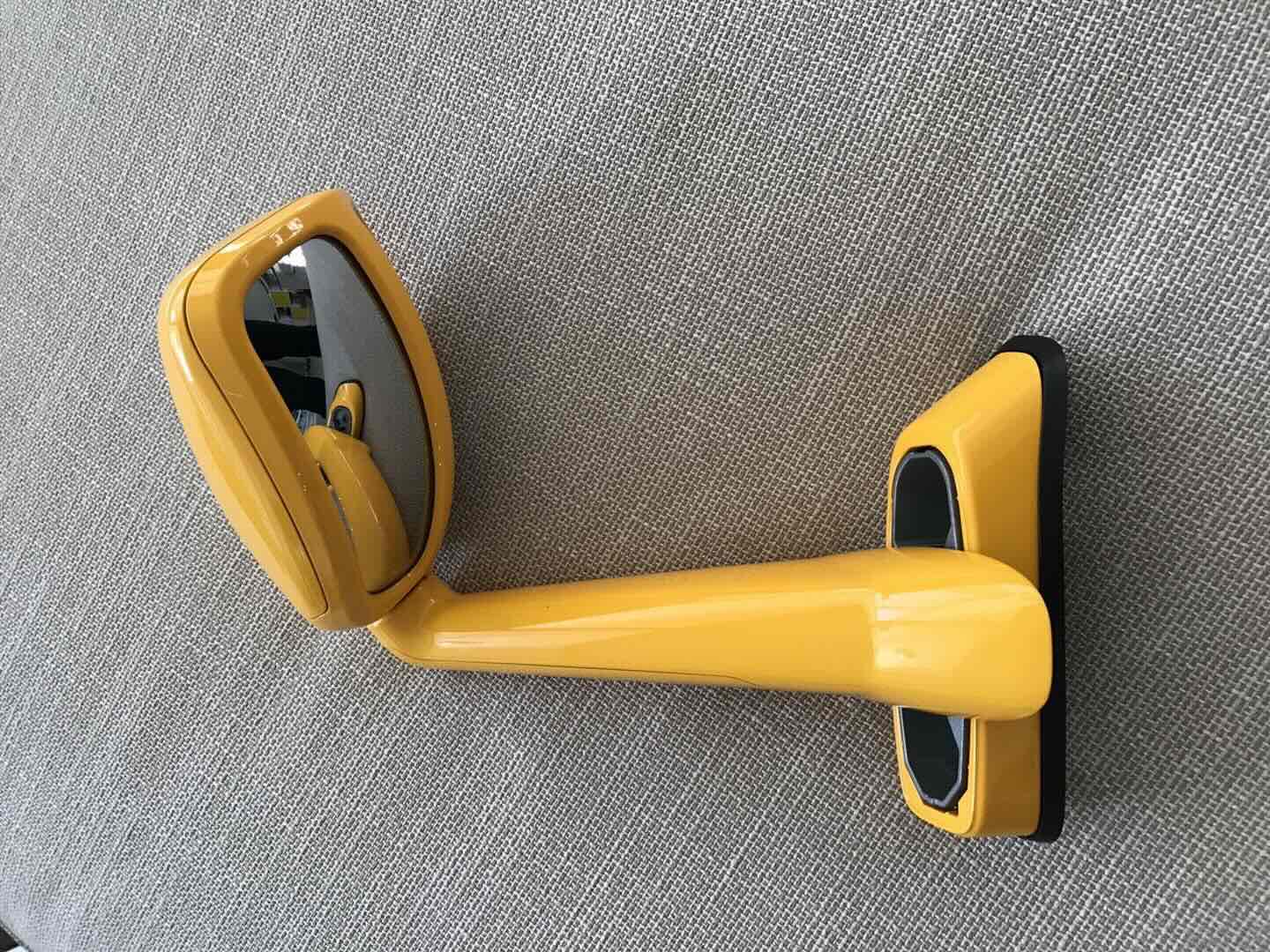
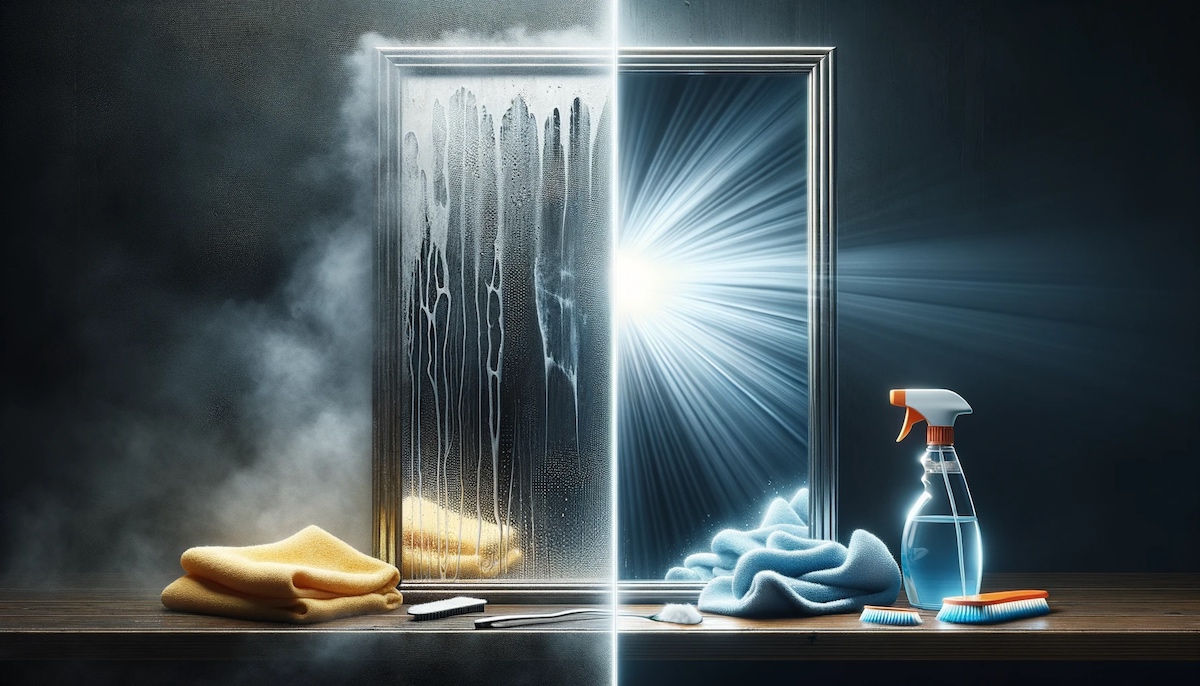
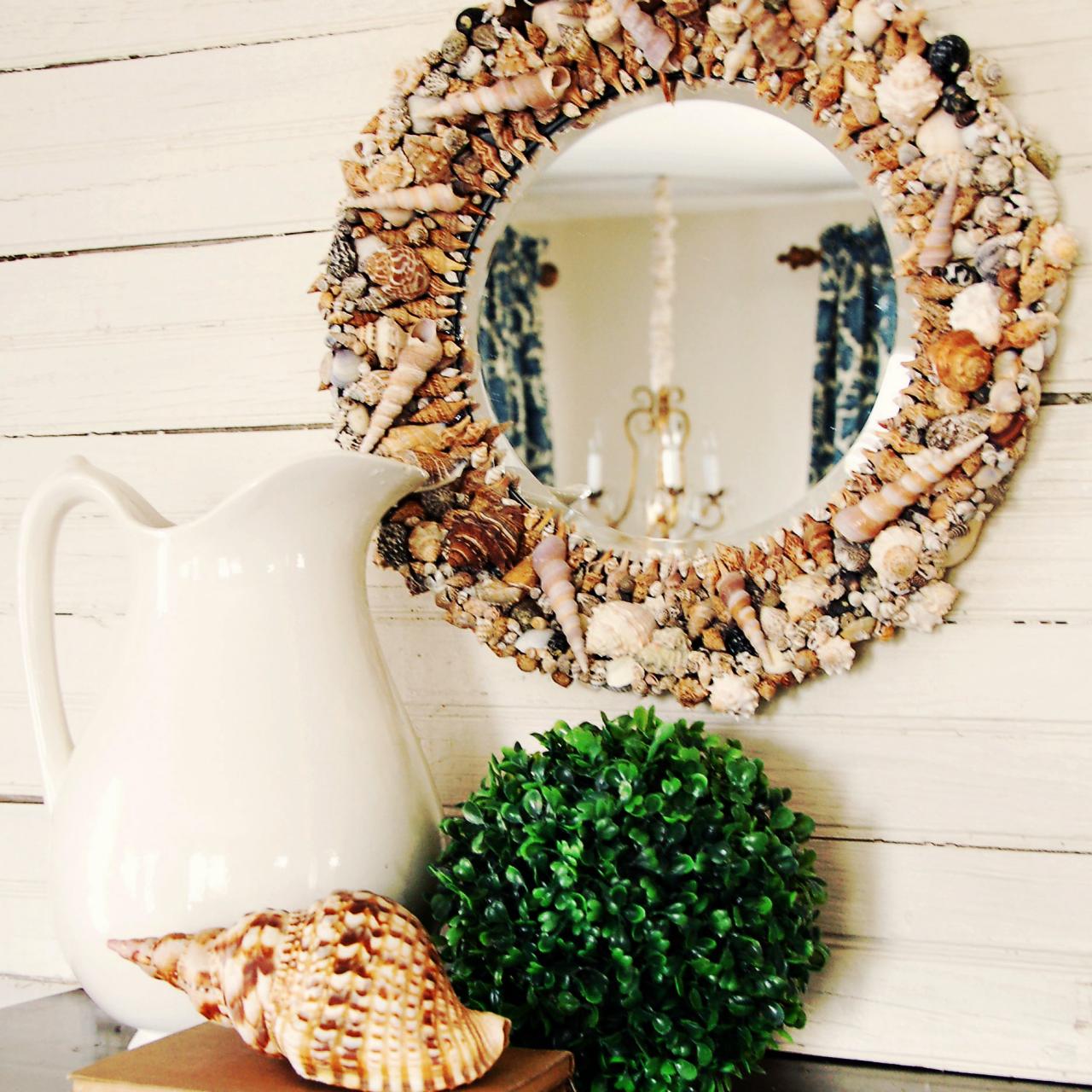
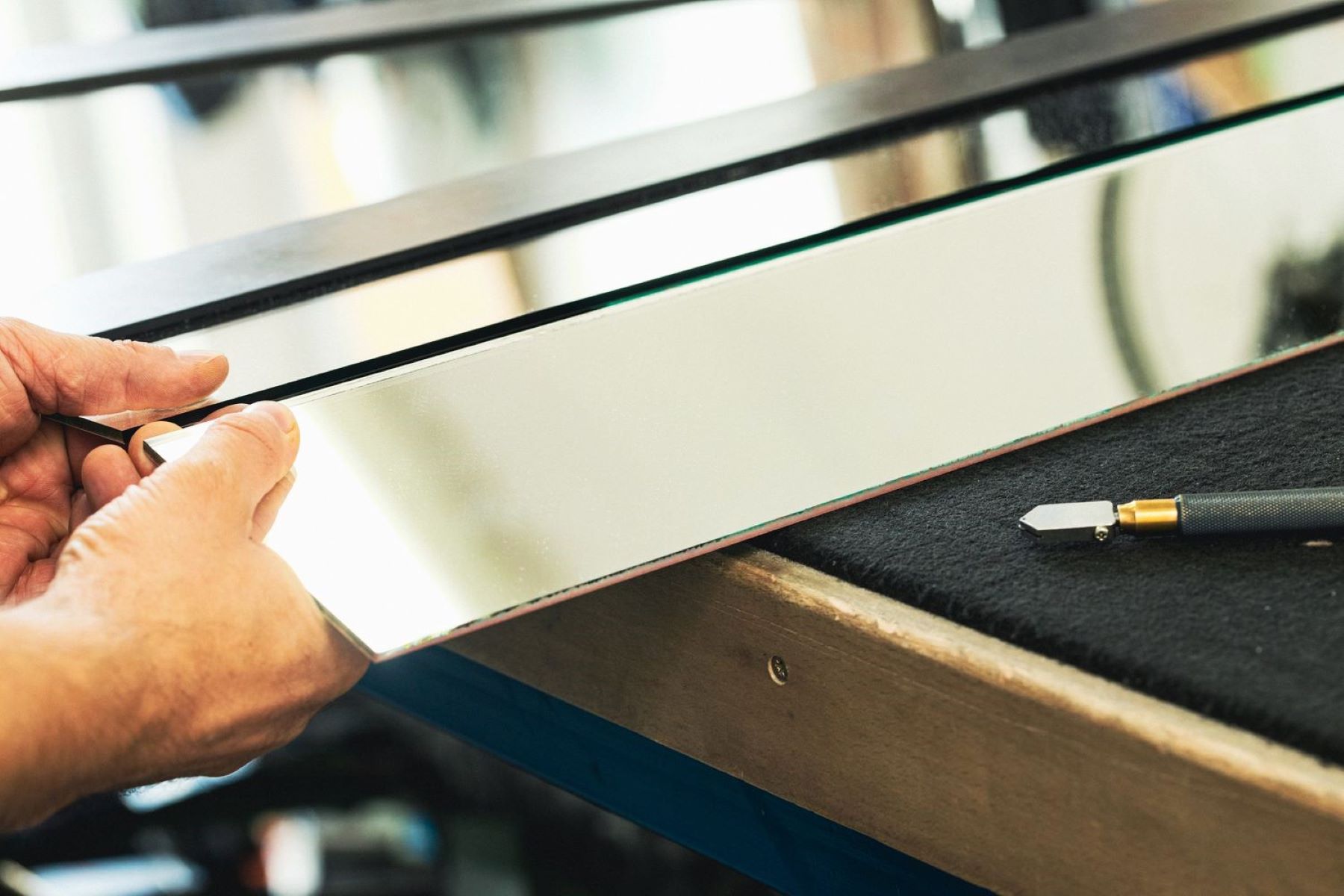
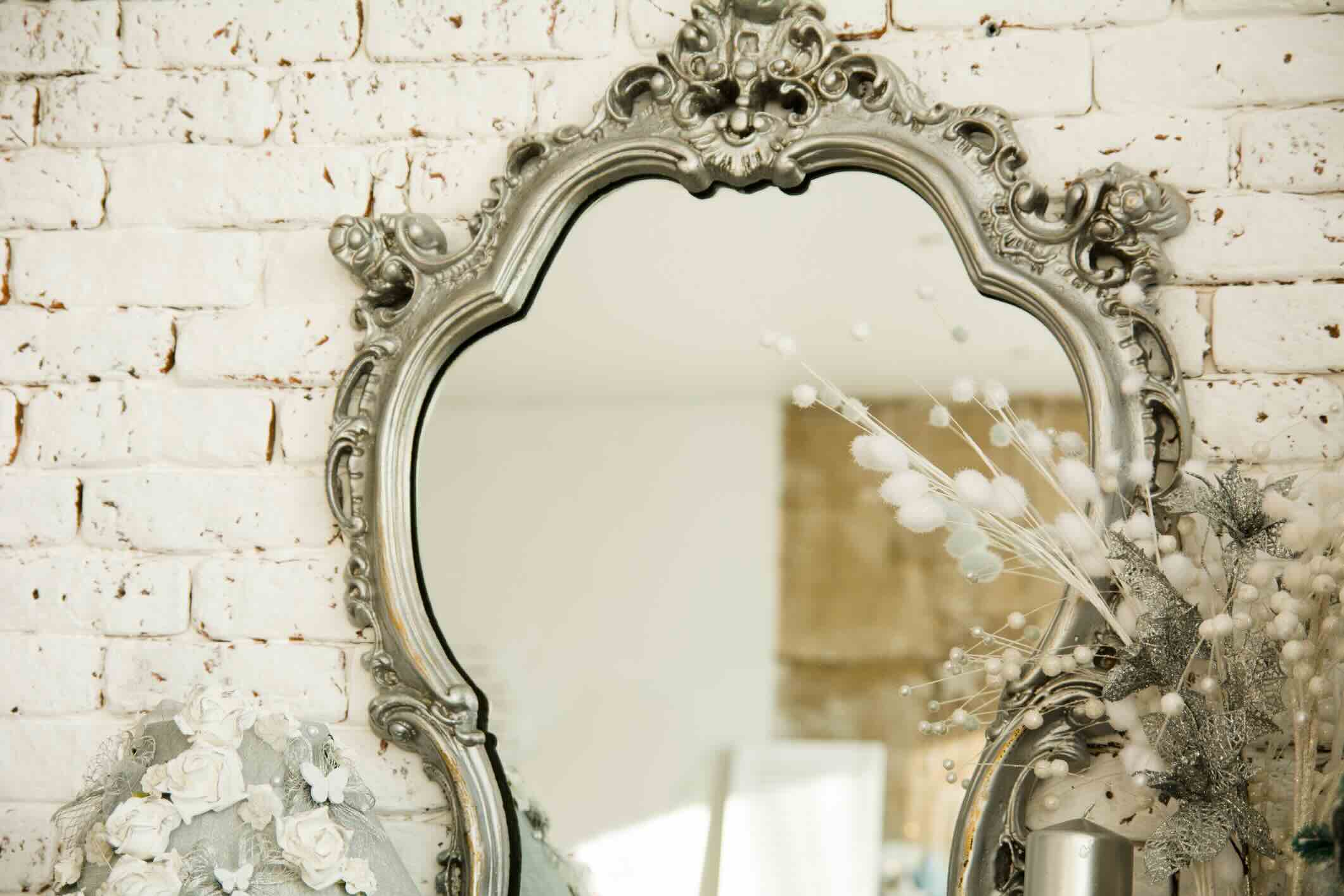
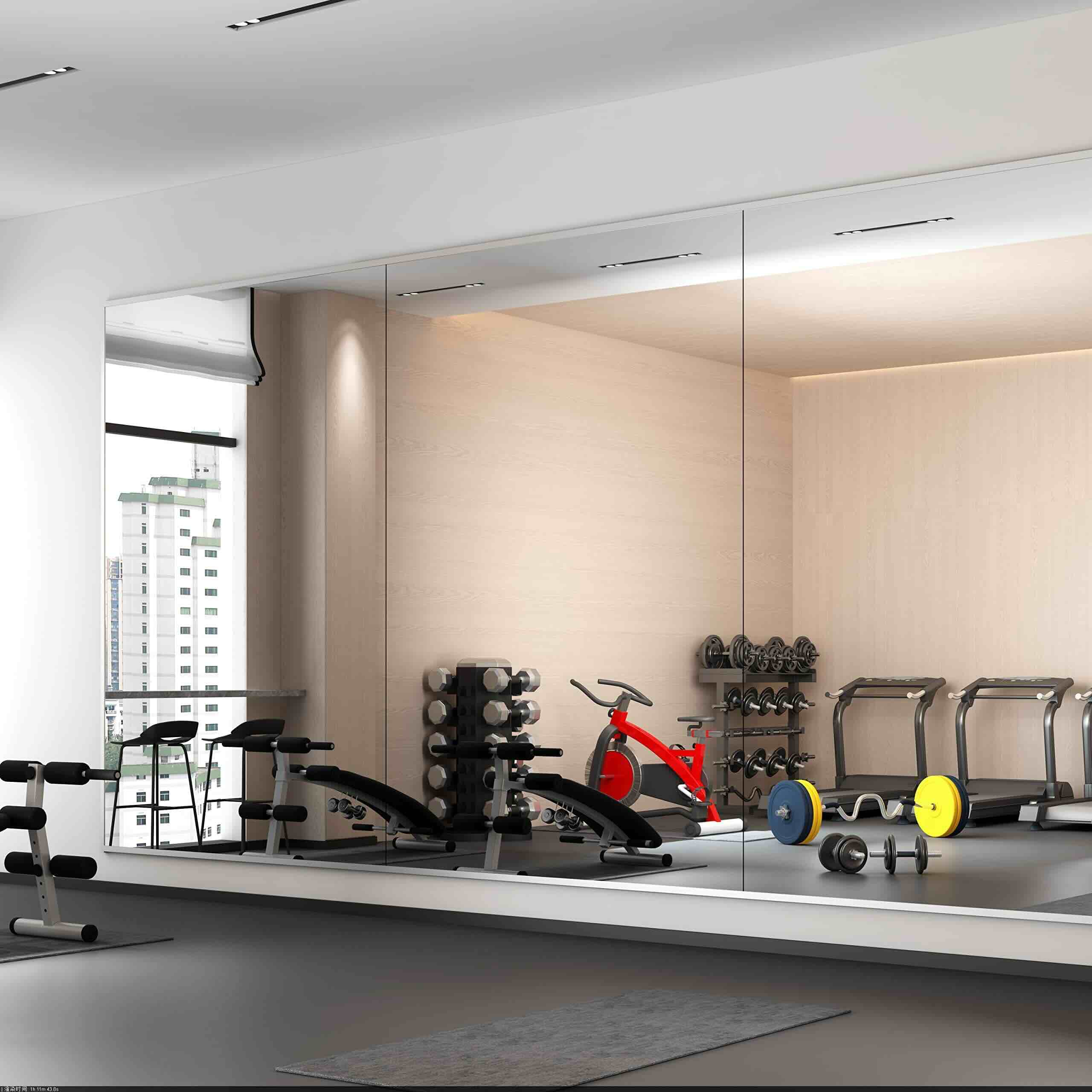

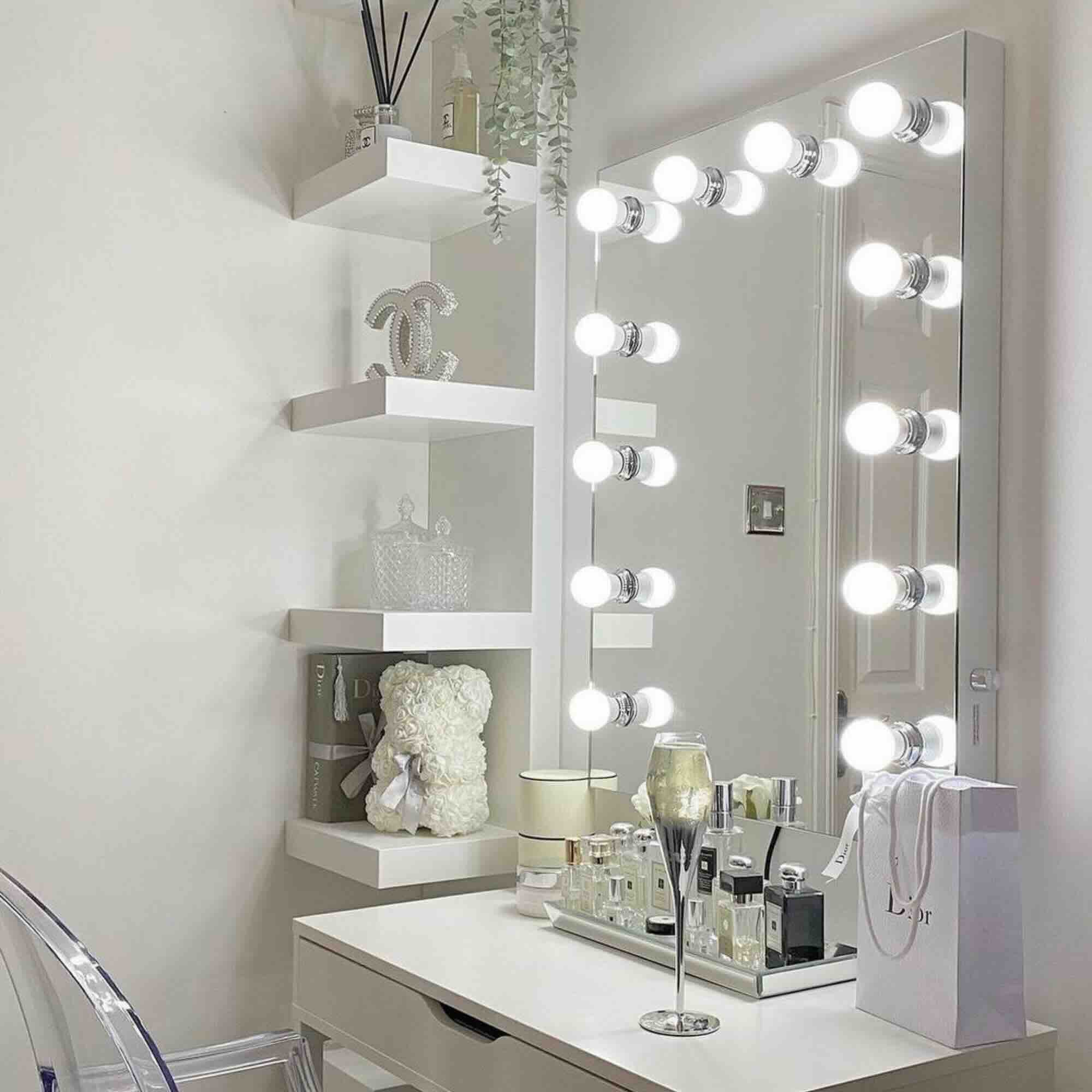
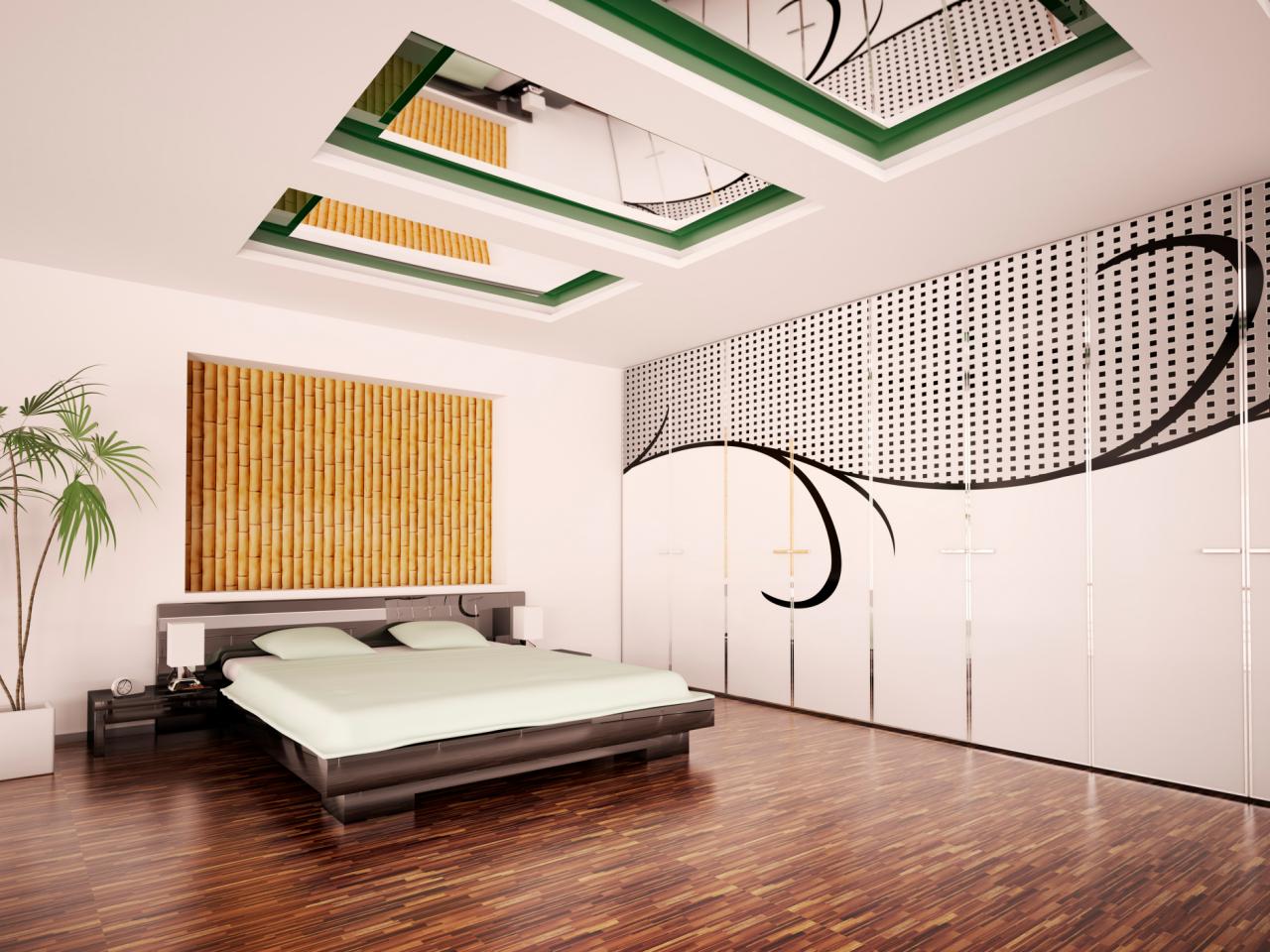

0 thoughts on “How To Store A Mirror”